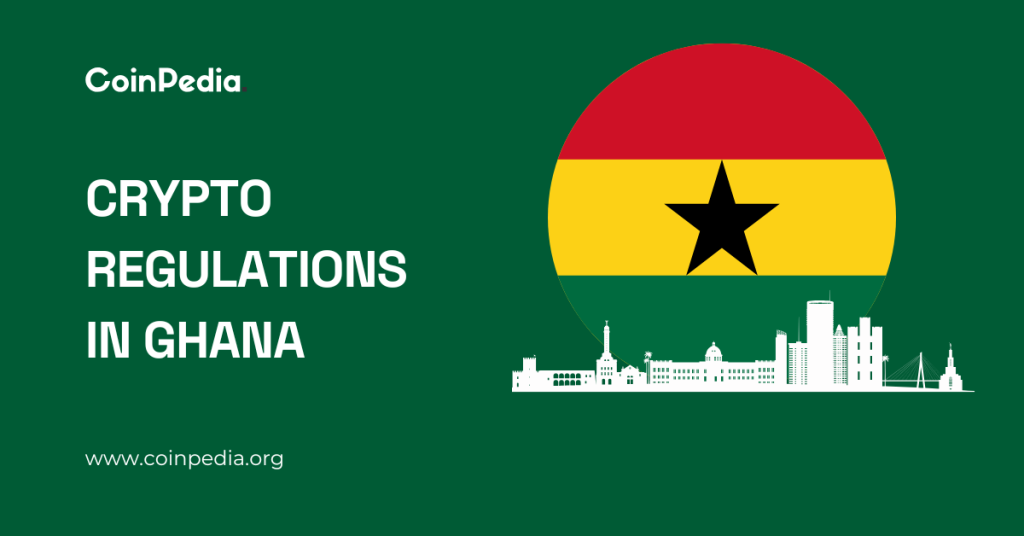Welcome to our weekly crypto market recap. This week, our insights are primarily drawn from a single, yet profoundly impactful, headline concerning Tether’s actions. While a comprehensive market overview typically benefits from a broader array of news, this particular event offers a deep dive into fundamental tensions within the crypto space, prompting crucial discussions around centralization, regulatory pressures, and the very ethos of decentralized finance.
The Dominant Narrative: Centralization vs. Decentralization & Regulatory Scrutiny
The headline, "Tether Freezes $13.4M USDT ($0.99) Across 22 Addresses: A Deep Dive into Centralized Control & Regulatory Imperatives," encapsulates the most significant narrative emerging from the past week: the perpetual tension between the decentralized ideals of crypto and the centralized realities of its most widely adopted stablecoins, all under the ever-watchful eye of global regulators.
Tether, as the issuer of USDT, holds the unique power to blacklist and freeze addresses on its blockchain. This capability, while often invoked in response to law enforcement requests related to illicit activities, directly contradicts the permissionless and censorship-resistant principles upon which cryptocurrencies like Bitcoin were founded. The freezing of $13.4 million across 22 addresses is not an isolated incident but a recurring reminder of this inherent control. It underscores that while the underlying blockchain technology might be decentralized, the assets issued on it by centralized entities are subject to the same oversight and intervention as traditional financial assets.
This event forces the market to confront the "regulatory imperatives" mentioned in the headline. Stablecoin issuers operate in a grey area, bridging traditional finance with digital assets. As such, they are increasingly expected to comply with Anti-Money Laundering (AML) and Know Your Customer (KYC) regulations, often requiring them to cooperate with authorities to freeze funds associated with fraud, hacks, or sanctions violations. This compliance, while necessary for mainstream adoption and preventing illicit use, simultaneously highlights a single point of failure and control that can be unsettling for proponents of true decentralization.
The Major Market-Moving Event: Tether’s Targeted Freeze
The specific act of Tether freezing $13.4 million in USDT across 22 addresses stands as the week’s major market-moving event, not necessarily in terms of price volatility, but in its profound implications for trust, fungibility, and the future of stablecoin design.
This action means that the affected funds are rendered unusable by the blacklisted addresses, effectively removing them from circulation for their current holders. While often done in conjunction with law enforcement to prevent stolen funds from being laundered or to comply with sanctions, the sheer magnitude of the frozen amount and the number of addresses involved serve as a stark illustration of Tether’s operational power. For users, this event sparks a critical question: how truly ‘stable’ or ‘fungible’ is a stablecoin if its issuer can unilaterally restrict access to funds?
The market impact extends beyond the immediate holders of the frozen funds. It instigates a broader conversation about counterparty risk in stablecoins. Investors and institutions using USDT must factor in this centralized control. While some might view it as a necessary evil for regulatory compliance and market integrity, others might see it as a vulnerability, potentially pushing them towards stablecoin alternatives that promise greater decentralization (e.g., decentralized algorithmic stablecoins, though these come with their own set of risks) or towards highly regulated, fully transparent alternatives.
Furthermore, such actions can influence the perception of the broader crypto ecosystem. If a major stablecoin is perceived as easily censorable, it could raise questions about the "permissionless" nature often touted for blockchain technology, potentially affecting institutional adoption or fostering a preference for assets with stronger censorship resistance.
Outlook for the Upcoming Week
Given that our analysis is primarily based on this singular, albeit weighty, event, our outlook for the upcoming week will focus on its lingering implications rather than broad market trends.
We anticipate continued discussions and scrutiny surrounding stablecoin regulation. The market will likely see ongoing debates about the ideal balance between regulatory compliance and decentralization, with particular attention paid to how other stablecoin issuers (USDC ($1.00), BUSD ($1.00), etc.) handle similar demands or articulate their policies on asset freezing. This could potentially lead to increased demand for transparency from stablecoin issuers regarding their freezing policies and the legal frameworks under which they operate.
The event may also reignite interest in truly decentralized alternatives within the stablecoin space, or even a renewed appreciation for Bitcoin’s inherent censorship resistance. However, it’s crucial to acknowledge that without additional headlines regarding macroeconomics, broader market sentiment, or specific asset performances, predicting general crypto market movements remains speculative.
In essence, the upcoming week will likely see the market continuing to digest the implications of centralized control within a supposedly decentralized financial system, potentially influencing long-term investment strategies and the ongoing evolution of stablecoin architecture.
The post Weekly Crypto Recap: Tether’s Freeze Ignites Centralization vs. Decentralization Debate appeared first on FXcrypto News.
















 24h Most Popular
24h Most Popular





 Utilities
Utilities